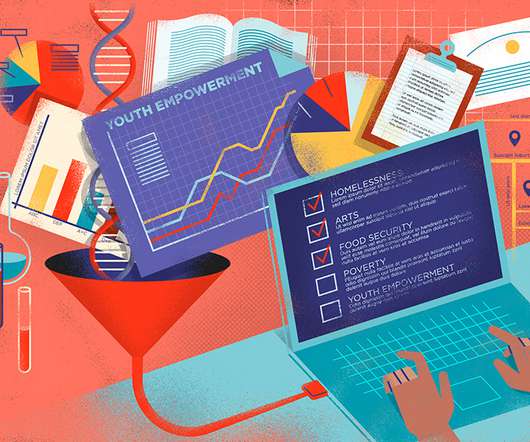Innovating to Address the Systemic Drivers of Health
Stanford Social Innovation Review
NOVEMBER 8, 2023
Her lack of access to healthy food, along with the stress associated with getting food and making ends meet, exacerbates her risk. Governments and their policies in far off places can affect food supply or the spread of disease at home and can go further to impact elections, social policy, and even violent conflicts with loss of life.











Let's personalize your content